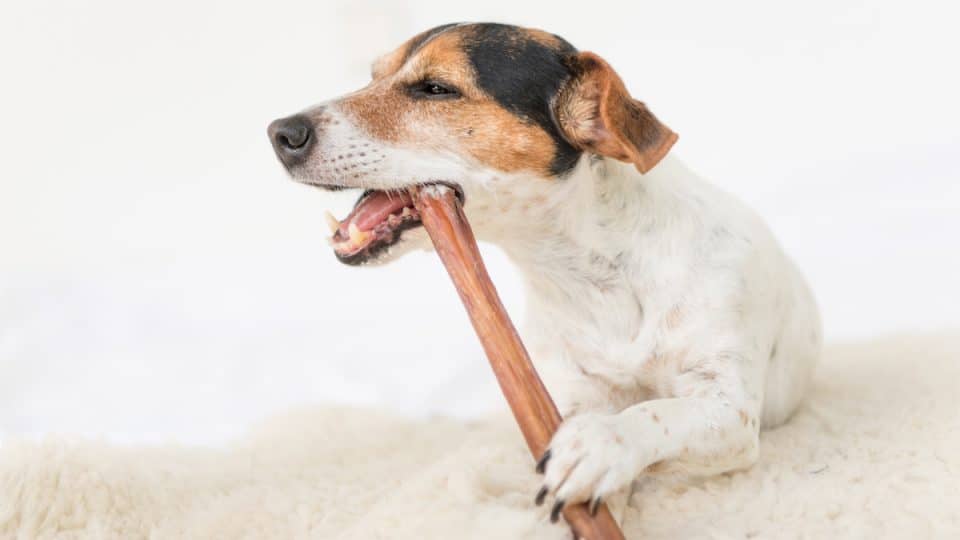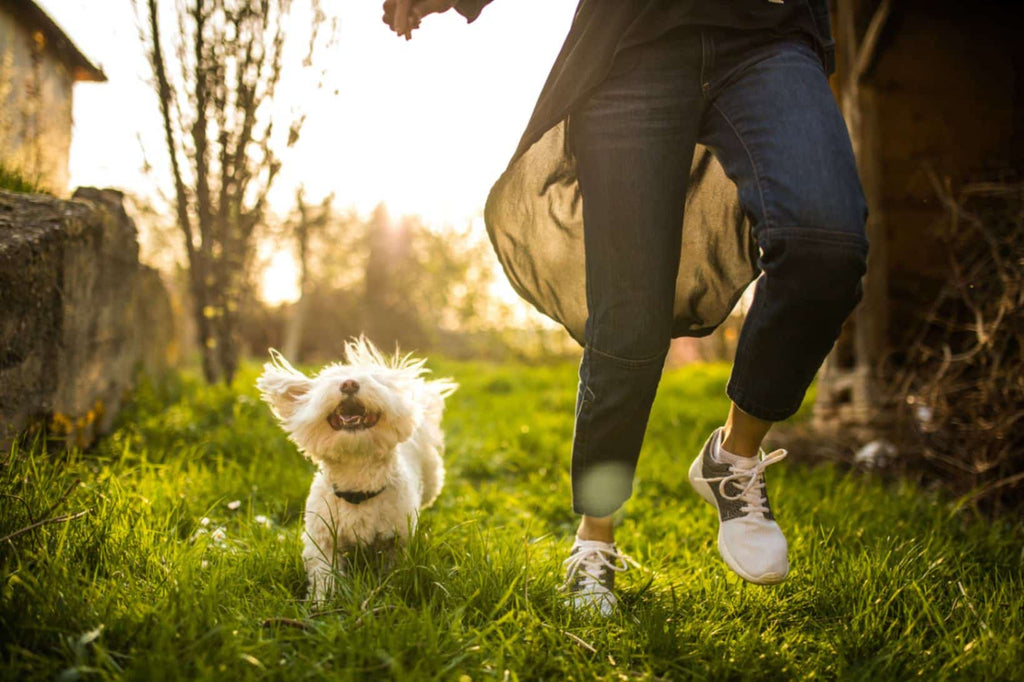
The Ultimate Guide to Understanding and Managing Canine Anxiety: Causes, Symptoms, and Solutions

Canine anxiety is a common issue that affects dogs of all breeds and ages. Understanding the causes and symptoms of anxiety in dogs is crucial for providing effective management and improving their quality of life. This comprehensive guide covers the various types of canine anxiety, their causes, symptoms, and effective strategies for managing and reducing anxiety in dogs.
Section 1: Types of Canine Anxiety
1. Separation Anxiety: Separation anxiety occurs when a dog becomes overly anxious when left alone or separated from their owner. This is one of the most common forms of anxiety in dogs.
- Symptoms: Excessive barking, whining, destructive behavior, and house soiling.
- Causes: A sudden change in schedule, moving to a new home, or the loss of a family member or another pet.
2. Noise Anxiety: Noise anxiety is triggered by loud noises such as thunderstorms, fireworks, or construction sounds.
- Symptoms: Trembling, hiding, panting, drooling, and attempting to escape.
- Causes: Genetic predisposition, lack of exposure to loud noises during puppyhood, or traumatic experiences associated with loud sounds.
3. Social Anxiety: Social anxiety occurs when a dog feels fearful or anxious around other dogs or people.
- Symptoms: Growling, barking, cowering, and attempting to flee.
- Causes: Lack of socialization, negative experiences with other dogs or people, or a naturally timid temperament.
4. Generalized Anxiety: Generalized anxiety is a chronic condition where a dog exhibits signs of anxiety in various situations, not limited to specific triggers.
- Symptoms: Constant pacing, excessive licking, hypervigilance, and difficulty settling down.
- Causes: Genetic factors, medical conditions, or a history of abuse or neglect.
Section 2: Causes of Canine Anxiety
1. Genetics: Some breeds are more prone to anxiety due to their genetic makeup. For example, small breeds like Chihuahuas and Poodles, as well as working breeds like Border Collies and German Shepherds, may be more susceptible to anxiety.
2. Lack of Socialization: Dogs that are not adequately socialized during their critical developmental periods may develop anxiety. Socialization involves exposing puppies to a variety of experiences, people, and other animals in a positive way.
3. Traumatic Experiences: Past traumatic experiences, such as abuse, neglect, or abandonment, can lead to anxiety in dogs. These experiences can leave a lasting impact on a dog’s behavior and emotional state.
4. Medical Conditions: Certain medical conditions can contribute to anxiety in dogs. Pain, illness, or hormonal imbalances can make a dog more prone to anxiety. It’s important to rule out medical issues with a veterinarian.
5. Changes in Environment: Sudden changes in a dog’s environment, such as moving to a new home, changes in family dynamics, or alterations in their daily routine, can trigger anxiety.
Section 3: Symptoms of Canine Anxiety
1. Behavioral Symptoms:
- Excessive Barking or Whining: Vocalizations that occur more frequently than usual.
- Destructive Behavior: Chewing, digging, or tearing up household items.
- Restlessness: Inability to settle down, pacing, or constantly moving around.
- House Soiling: Urinating or defecating indoors despite being house-trained.
2. Physical Symptoms:
- Panting and Drooling: Increased respiration and saliva production without apparent physical exertion.
- Trembling or Shaking: Visible signs of fear or nervousness.
- Excessive Licking or Chewing: Repetitive grooming behaviors that can lead to skin irritation or injury.
- Dilated Pupils: Enlarged pupils indicating heightened arousal or fear.
3. Avoidance Behaviors:
- Hiding: Seeking refuge in small, enclosed spaces.
- Avoiding Eye Contact: Turning away or avoiding looking directly at people or other animals.
- Fleeing: Attempting to escape from the source of anxiety or the environment altogether.
Section 4: Managing and Reducing Canine Anxiety
1. Training and Behavior Modification:
- Desensitization and Counter-Conditioning: Gradually exposing your dog to the source of anxiety at a low intensity and pairing it with positive experiences.
- Positive Reinforcement: Rewarding calm and relaxed behavior with treats, praise, and affection.
- Obedience Training: Teaching basic commands can help build your dog’s confidence and provide a sense of structure.
2. Environmental Management:
- Safe Spaces: Create a safe and comfortable space where your dog can retreat when feeling anxious. Use crates, beds, or designated rooms.
- Routine and Predictability: Maintain a consistent daily routine to help your dog feel secure and reduce anxiety triggers.
3. Anxiety Aids and Tools:
- Anxiety Wraps: Products like the Thundershirt can provide gentle, constant pressure to help calm anxious dogs.
- Calming Supplements: Natural supplements such as L-theanine, melatonin, and CBD oil may help reduce anxiety.
- Pheromone Diffusers: Products like Adaptil release synthetic calming pheromones that can help reduce stress.
4. Medical Intervention:
- Veterinary Consultation: Consult your veterinarian to rule out any medical conditions that may be causing or contributing to anxiety.
- Medications: In severe cases, your veterinarian may prescribe anti-anxiety medications such as fluoxetine, clomipramine, or benzodiazepines.
5. Alternative Therapies:
- Acupuncture: Some studies suggest that acupuncture can help reduce anxiety in dogs by promoting relaxation.
- Massage Therapy: Gentle massage can help relax tense muscles and promote a sense of well-being.
- Aromatherapy: Essential oils like lavender and chamomile can have calming effects, but always consult your vet before using them.
Section 5: Preventing Canine Anxiety
1. Early Socialization: Expose puppies to a variety of people, animals, and environments during their critical developmental period. Positive experiences early in life can prevent anxiety from developing later.
2. Regular Exercise: Provide regular physical and mental stimulation to keep your dog’s energy levels balanced. Exercise can help reduce anxiety and prevent destructive behaviors.
3. Mental Stimulation: Engage your dog’s mind with puzzle toys, training exercises, and interactive play. Mental stimulation can prevent boredom and reduce anxiety.
4. Routine Veterinary Care: Regular veterinary check-ups can help identify and address health issues that may contribute to anxiety. Early detection of medical conditions is crucial.
5. Positive Reinforcement: Use positive reinforcement to build your dog’s confidence and encourage calm behavior. Rewarding good behavior can help reduce anxiety triggers.
Conclusion
Understanding and managing canine anxiety is essential for ensuring your dog’s well-being and happiness. By recognizing the types and causes of anxiety, observing the symptoms, and implementing effective management strategies, you can help your dog lead a more relaxed and fulfilling life. Remember, patience, consistency, and positive reinforcement are key to successfully managing canine anxiety.
FAQs:
Q: How can I tell if my dog has anxiety? A: Common signs of anxiety include excessive barking or whining, destructive behavior, restlessness, panting, drooling, trembling, and avoidance behaviors. Consult your vet for a thorough evaluation.
Q: Can anxiety in dogs be cured? A: While anxiety may not be completely curable, it can be effectively managed with training, behavior modification, environmental adjustments, and, if necessary, medical intervention.
Q: What should I do if my dog has severe anxiety? A: Consult your veterinarian for a comprehensive assessment. They may recommend a combination of behavior modification techniques, anxiety aids, and medications to help manage severe anxiety.
For more detailed information and resources, you can visit AKC, ASPCA, and Fear Free Happy Homes.






